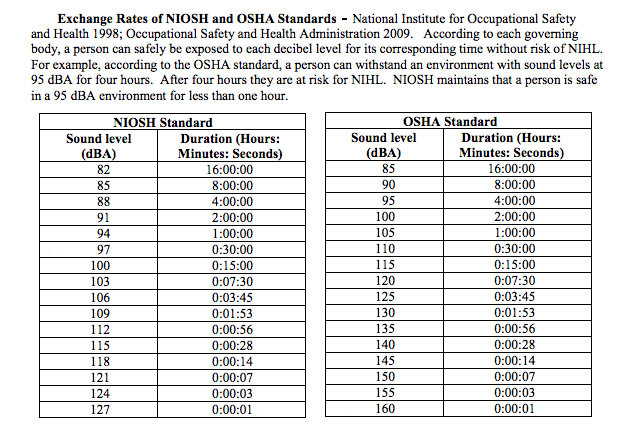Over the past couple of decades, I have become less inclined to suffer for someone else’s “art,” in the form of painfully loud, distorted, weirdly-mixed live music. This isn’t the first time I’ve written about this, so it might be boring. It struck me, about 3 songs into the set I’d come to see, that live music today is doomed because all ends of the people involved in production and listening are functionally deaf or, worse, don’t care about sound quality at all. My friend is a songwriter and his band is tasteful, talented, and they make an extreme effort to stay out of the vocalist’s way. The soundgoober (the man leaning on the console as if it were a drunk’s crutch) started the show with a severely distorted and loud kick drum and bass guitar blast and took 3 songs to squeeze the vocal a little way into the mix; not enough to understand the lyrics but enough to know there was a vocalist. Worse, it took him 45 minutes of “check, one, check, two” crap to do a musically pointless soundcheck, making the headline show start time 30 minutes late.
As usual, when I described my disappointment to other people who had seen the show, I was the Lone Ranger of Criticism. According to the National Institute on Deafness and Other Communication Disorders, “About 2 percent of adults aged 45 to 54 have disabling hearing loss. The rate increases to 8.5 percent for adults aged 55 to 64. Nearly 25 percent of those aged 65 to 74 and 50 percent of those who are 75 and older have disabling hearing loss.” I, personally, think that is grossly optimistic, based on my own experience with live and recorded music listeners. Back in the 80s, the Audio Engineering Society invited an otolaryngologist organization to test the Society’s convention participants on a voluntary basis. The outcome was the discovery that practically everyone involved in music recording and, especially, live music was functionally deaf. Today, most or much of the audience is equally hearing damaged. It is not even slightly odd to be in a small music venue with a band blasting deafening volume and some of the audience, even so-called critical listening reviewers, shouting “I can’t hear you!” In their arrogant, self-centered manner, they are clearly willing to damage everyone else in the room because they are disabled.
 Check out these two charts, one from OSHA that was established during WWII manufacturing, and the other from NIOSH that more accurately reflects what is currently known about hearing loss from environmental “noise” (aka “music”). In some fairly progressive companies, the first numbers on either chart are used to determine when hearing protection is required for workers in those benevolent work environments. Typical amplified pop concerts subject their audiences to noise levels upwards from 115dBC, which means after about 30S of “music” you are experiencing permanent hearing damage. The music better be damned amazing to give away your hearing in exchange.
Check out these two charts, one from OSHA that was established during WWII manufacturing, and the other from NIOSH that more accurately reflects what is currently known about hearing loss from environmental “noise” (aka “music”). In some fairly progressive companies, the first numbers on either chart are used to determine when hearing protection is required for workers in those benevolent work environments. Typical amplified pop concerts subject their audiences to noise levels upwards from 115dBC, which means after about 30S of “music” you are experiencing permanent hearing damage. The music better be damned amazing to give away your hearing in exchange.


No comments:
Post a Comment